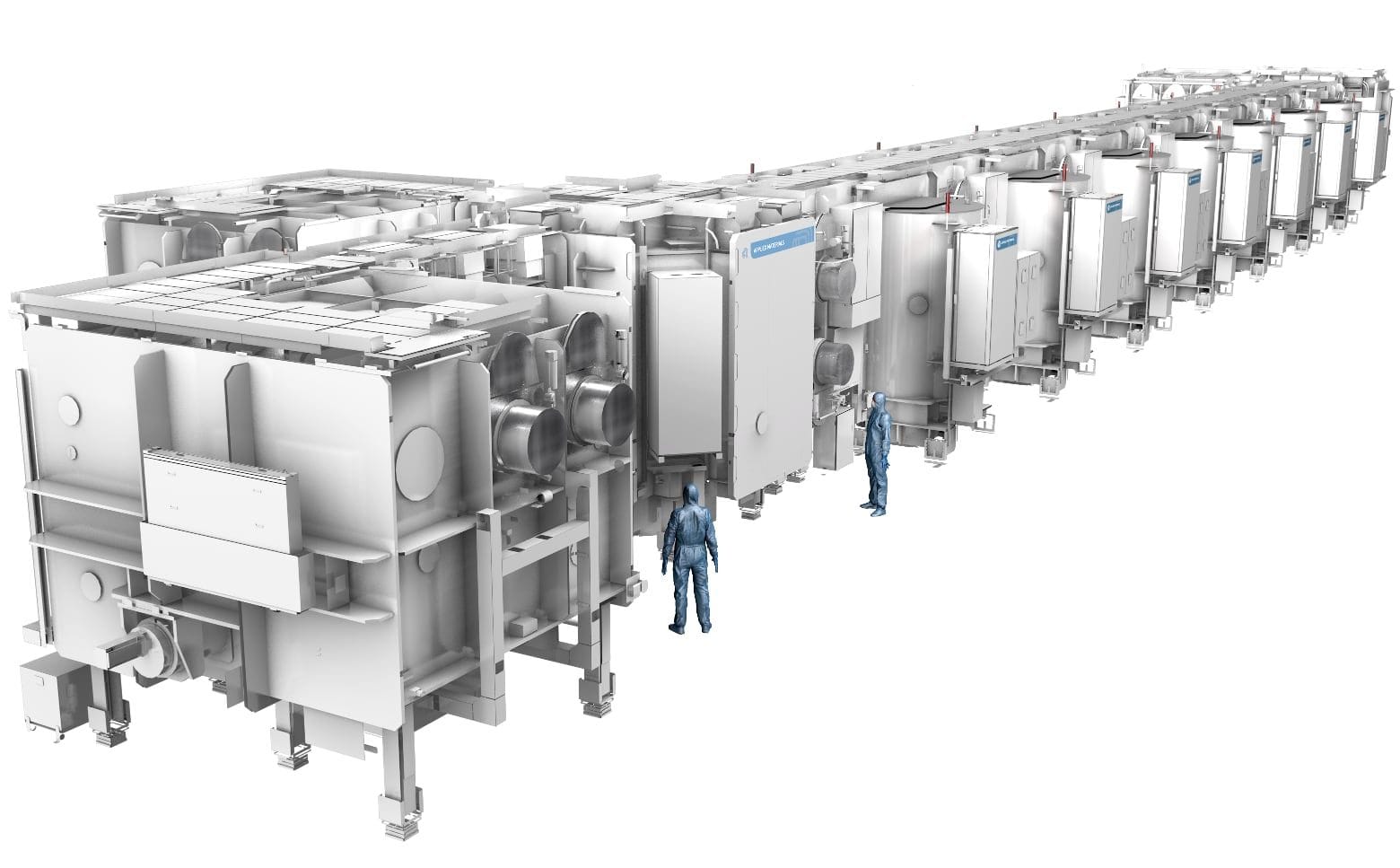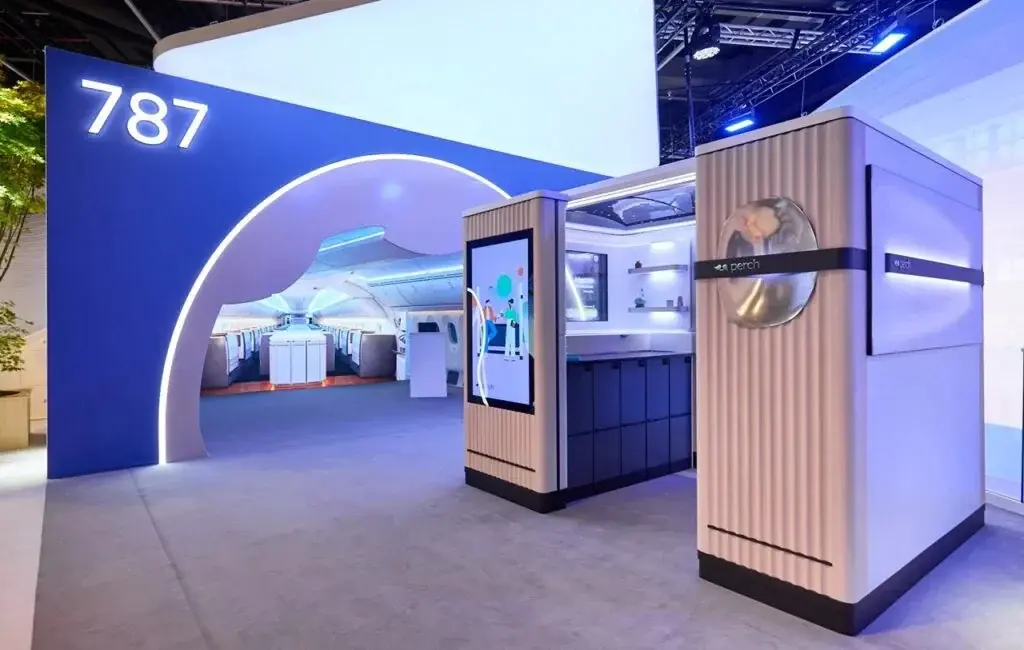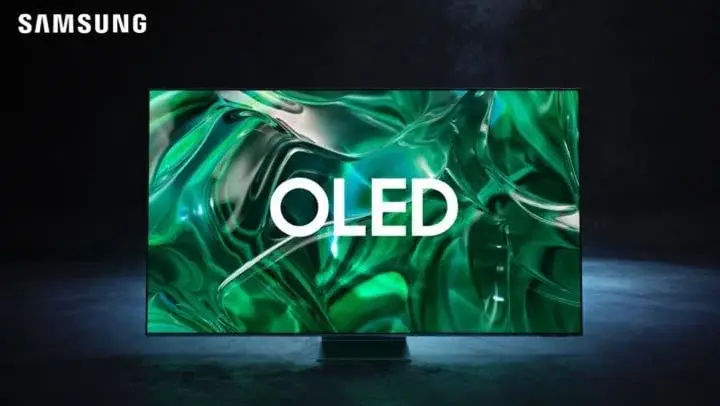Key Takeaways
1. LG Display is testing Japan Display’s eLEAP OLED technology, which uses lithography instead of FMM, leading to finer pixel structures and higher aperture ratios.
2. The evaluation is happening at LG Display’s Paju facility, utilizing existing equipment for quick assessment and low investment.
3. eLEAP technology shows potential for niche markets, especially in 20~30-inch automotive displays and monitors, with advantages like enhanced brightness and lower power consumption.
4. Samsung Display is rumored to explore eLEAP technology, indicating increased industry interest in maskless OLED production methods.
5. Successful tests of eLEAP could revolutionize the OLED industry by improving yields and performance, enabling more energy-efficient and high-resolution displays.
LG Display has started to work on and test Japan Display’s (JDI) eLEAP OLED technology, which doesn’t use FMM. Instead, eLEAP employs lithography for arranging red, green, and blue OLED materials, which allows for a finer pixel structure and higher aperture ratios. JDI asserts that this innovative method produces an aperture ratio that is twice that of standard FMM OLED, thus enhancing light-emitting efficiency from 28% to 60%.
Testing at Paju Facility
The evaluation is taking place on LG Display’s E4 production line in Paju, South Korea, which typically manufactures large OLED panels for televisions. The company already has all the required CVD and thin-film encapsulation equipment, compatible with eLEAP, allowing for a swift assessment and minimal investment in new capital.
Potential Market Applications
While LG Display has yet to make a decision regarding mass production of eLEAP, the company acknowledges the technology’s potential for niche OLED markets, particularly in the 20~30-inch range for automotive displays and monitors. The Paju facility is suitable for initial operations due to its current lower utilization, since most TV OLED panels are produced in Guangzhou, China.
eLEAP panels come with several advantages, like enhanced brightness, lower power consumption, and the potential for flexible and shapeable displays. The company claims its technology significantly prolongs the lifespan of OLED panels by more than three times when compared to those using FMM, and offers over double the brightness of existing FMM-based OLEDs. These benefits match the market demands for energy-efficient, high-performance displays in VR headsets, wearables, and the automotive sector.
Industry Interest in eLEAP
There are also rumors that Samsung Display is looking into eLEAP, with research and development expected to begin in late 2024, which shows a growing interest in maskless OLED production techniques within the broader industry. Additionally, the Chinese OLED manufacturer Vixionox is advancing towards non-FMM OLED production using the ViP branding for its next-generation OLED lines.
Although the timeline for commercial launch is still uncertain, these tests might signify a turning point for the OLED industry. Traditional FMMs restrict design possibilities and increase costs. If these efforts prove successful, LG Display and others may enhance yields and performance, paving the way for a new era of energy-efficient, high-resolution displays across various devices.
Source:
Link









